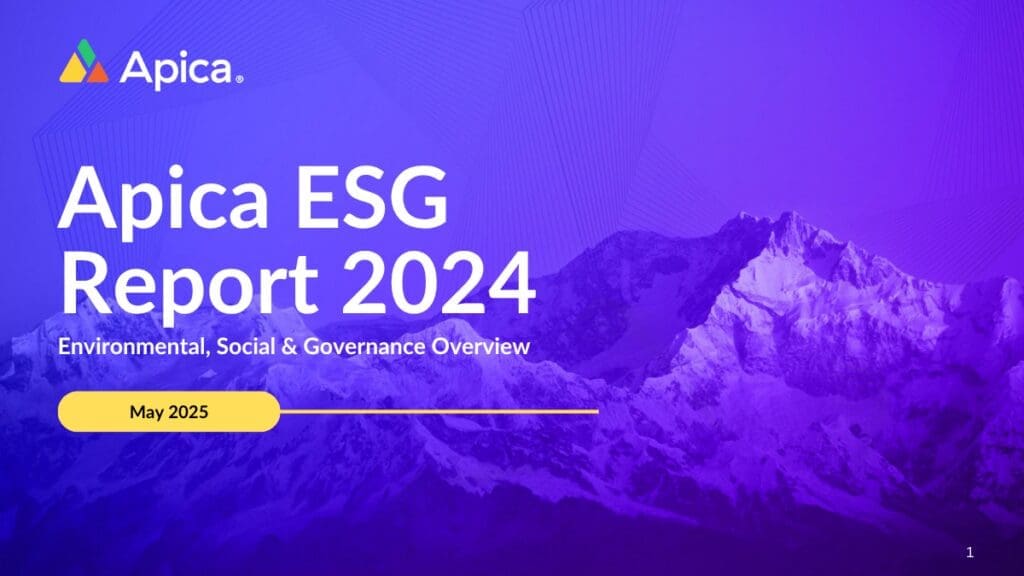While data pipelines may move data, they cannot monitor it. These data pipelines are complicated systems that need a data observability architecture for continuous investigation and end-to-end monitoring to determine why operations fail. This, together with the current shortage of observable data, contributed to the creation of the backbox. The black box produces output without allowing people to comprehend its processes. Engineers must first observe to fix pipelines.
“Data observability goes deeper than monitoring by adding more context to system metrics, providing a deeper view of system operations, and indicating whether engineers need to step in and apply a fix,” stated Evgeny Shulman, Co-Founder of Databand.
Observability is essential in building reliable data pipelines because pipelines are becoming more complex, with numerous independent and concurrent systems. Complexities may lead to unhealthy dependencies, and you must be able to prevent them. This is where data observability tools come in. Given that we know what goes into and comes out of data pipelines, why is it necessary to understand what happens in between?
Why Machine Data observability?
Machine data observability aids developers in understanding multi-layered structures. They enable them to rapidly determine what is wrong, sluggish, and needs to be improved. Observability also makes it simple to go from effect to cause in a production system. Data observability is critical because it tells you why something is occurring and how to correct it.
Data observability is all about the “why,” which distinguishes it from just monitoring for issues — the “what” — inside IT architecture and data systems. Enterprises have started to migrate from basic data monitoring to data observability in recent years, and the trend is just now gaining traction.
According to Gartner, by 2024, companies will have increased their utilization of observability solutions by 30%. According to New Relic’s 2021 Observability Forecast, 90% of IT executives believe observability is vital to the success of their organization, with 76% expecting their observability expenditures to rise next year.
Machine data observability is a rapidly expanding topic in business technology that tries to assist companies in answering a single question: How healthy is the data in their system? Where are the possible flaws — such as missing, broken, or incomplete data — that may lead to a business-crippling outage with all the varied (and frequently differently structured) data moving into, within, and out of enterprises?
Observability is centered around five pillars:
- The data tables’ freshness, or how up to date they are;
- Distribution, or if the data spans the appropriate range;
- Volume refers to the quantity and thoroughness of data.
- Schema, which tracks changes to the structure of data;
- Lineage, which informs you where data breaks and which sources were affected.
Data interruptions may be pretty expensive. Enterprises have a lot to lose when data pipelines fail, from lost revenue and eroding consumer trust to lower team productivity and morale. As business data systems get more complex and multi-layered — with data flowing from various sources and more people engaging with it — the demand for observability becomes more pressing.
Data observability is much more than simply avoiding disasters. By incorporating observability best practices into their data stacks, organizations may increase productivity, accelerate innovation, and even save IT costs by making it simpler to optimize their data infrastructure and prevent costly over-provisioning. It may also aid in talent retention since a smooth-running and problem-free workplace keeps engineers and other team members pleased.
Leveraging Machine Data Observability For Your Organization
The best machine data observability tool will prevent incorrect data from entering the system in addition to monitoring data by the five pillars of observability. Here’s what your company will gain from deploying a good machine data observability platform:
- Quick time to value: Data observability solutions can be integrated effortlessly into your existing stack without an extensive need to write code, modify pipelines, or niche talent.
- Reduced business risks: The need to query and extract data is nullified decreasing security and compliance concerns.
- Minimal configuration needed: Observability platforms implement ML models to gather knowledge about your environment and anomaly detection techniques to monitor logs and pipelines.
- Greater observability with little effort: Observability tools are capable of identifying resources, dependencies, and variants without prior mapping.
- Keeps you informed: Data observability platforms prevent discrepancies in the data pipelines from happening by providing rich context about possible issues. This also aids troubleshooting and effective communication with stakeholders.
Having trouble deciding which machine data observability platform best suits your organization’s needs? Talk to our experts.











